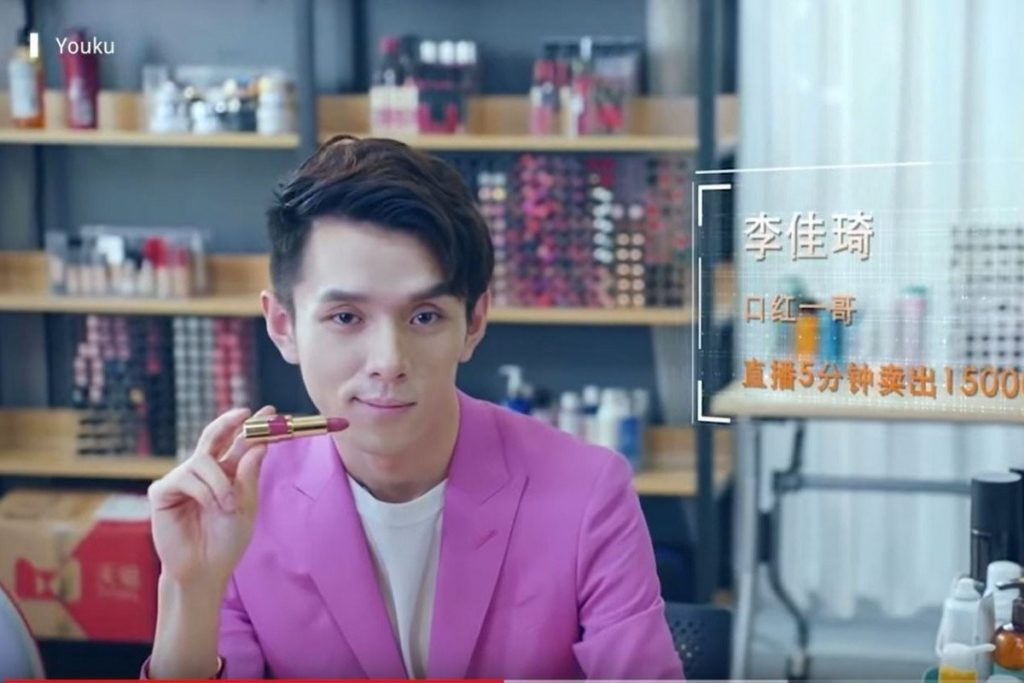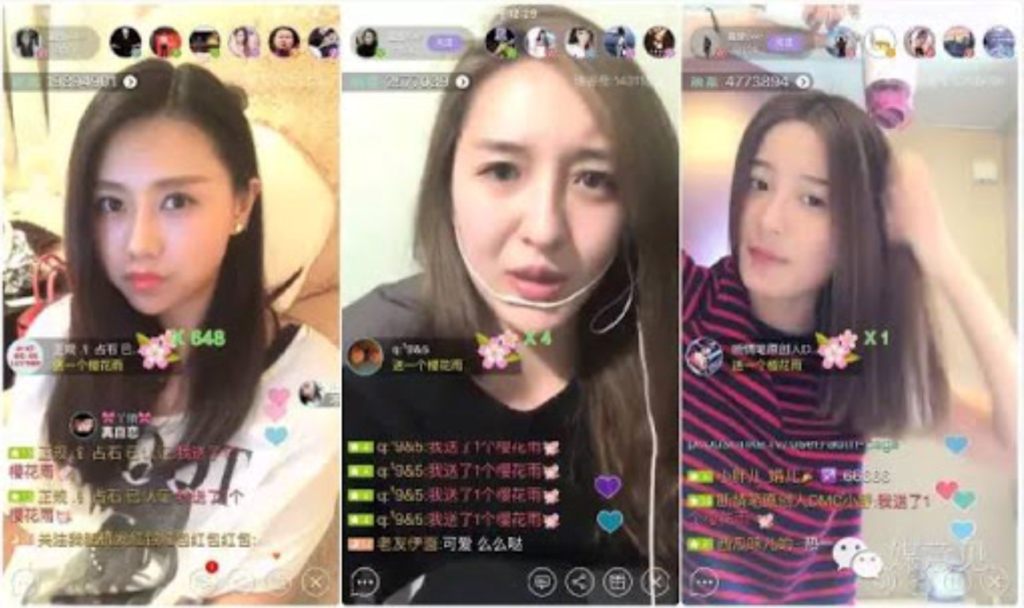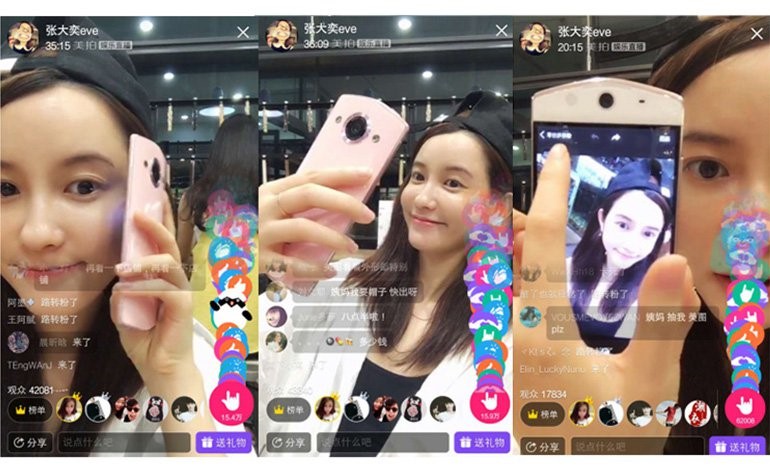In the West, social media influencers are on the wane. Industry surveys show decreasing levels of consumer faith in influencers in both the US and UK. Brands are once more taking centre-stage, and are speaking to these newly-cynical consumers directly, rather than via the influencers they once courted so assiduously.
This stands in total contrast to China. Brands have never been more reliant on social influencers whether to drive awareness, positive consumer sentiment or ultimately sales. The South China Morning Post has reported that, with more than 70% of Chinese Gen Z consumers preferring to buy products directly via social media, the key opinion leaders (KOL) economy is now valued at US$8.6 bn.

Image: Youku.com
Behind these figures are some stand-out individuals. On Singles Day 2019 – China’s largest annual shopping day – ‘Lipstick King’ Li Jiaqi generated sales of US$145mn on Taobao. Reputed mainly for beauty recommendations, he is now also highly influential in categories such as food and beverages and household goods. Five minutes of his livestream in January sold 100,000 units of Jinzi Ham’s spicy sausage, and increased the company’s market value by US$10mn.
So what are Chinese influencers doing right?
For us the answer to this question lies in influencers successfully leveraging the Chinese concept of guanxi in their marketing. Guanxi is often viewed negatively abroad, as a euphemism for bribery and nepotism’ concept, but we believe this is misleading. At its core, the idea is rather one of mutual trust based on meaningful and reciprocal relationships; and it leads us towards understanding what brands can learn from KOLs about fostering trust with consumers.
Reciprocity: a (seemingly) deep and intimate relationship
Chinese influencers are livestreaming experts whose platforms drive interactivity and a feeling of ‘real connection’ with their followers. They talk to their virtual audiences as if to their close, ‘real life’ friends: asking questions, and seeking advice and opinions from their viewers, who comment on and reply to each others’ real time responses. A community and conversation is formed, and during this process fans will often send the KOLs digital gifts (convertible to cash) to show their support. In return, the influencer might show their appreciation, for example by sending signed memorabilia or eating a fan’s favourite food on camera.


Image: Youxiputao.com
The ‘give and take’ of these copious interactions makes the audience feel the live-streamer isn’t merely an artificial online personality, but a real person whom they truly know and in whom they are emotionally invested. In addition, Chinese influencers spend much time and effort producing content designed to reflect mutually shared values, psychologies, interests and life experiences: all carefully choreographed to resonate intensely with their followers.
Relatability: a closer emotional bond
Successful influencers in the West tend to produce content with high production values. Top Chinese KOLs and live-streamers are more likely just to use a smartphone positioned on a stand, against a relatively simple backdrop from their home. Luxurious penthouses and professional audio-visuals are eschewed in favour of an amateur production style, which creates a more relatable peer-to-peer dynamic. This is far more conducive to establishing mutual trust or guanxi.
An online democracy: co-created content and relevant products
Once they have a loyal following, Chinese influencers adopt a democratic style rarely seen in the West. Rather than positioning themselves as curators informing consumers what they should aspire to buy, many ask their followers what they actually want. They then create content and even products that are designed specifically to answer the desires articulated by their audience.
Zhang Dayi is a fashion and beauty KOL, who out-earns any top actress in China through her Taobao store. In interviews she has talked extensively about the importance of ‘interactivity’ in her content, and how continuous dialogue with her followers allows her design team to tailor products to their needs.
For these influencers, creating their own brands means sharing every step of the manufacturing and creative process with their online audience. With followers’ input sought throughout, the final product feels to the consumer like a shared labour of love: as if they too can call themselves an influencer.

Image: Parklu.com



